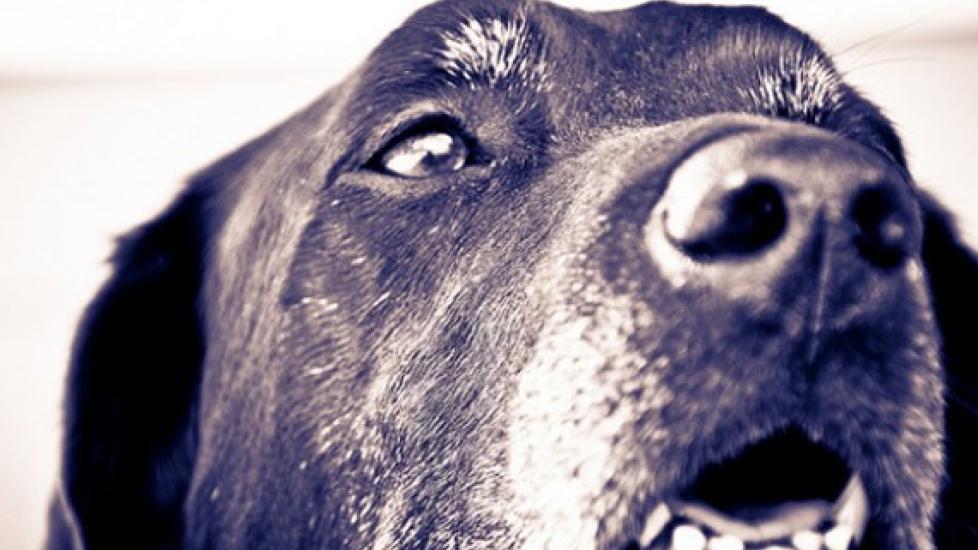How to Keep Your Senior Dog from Destroying Your Home
Dog Proof Your House: Senior Dogs
In their twilight years, doggies naturally become less physically agile and mentally sharp. Dog proofing your home to accommodate these changes will make both you and your senior dog more comfortable.
Clear Paths
As your pooch gets older, he is less alert and his eyesight is not as sharp as it used to be. Take notice of areas in your home that seem difficult for him to navigate and move items out of his way. The idea is to place furniture and other objects around the perimeter of the room so he has a big open space in the middle and an unobstructed path to other rooms.
Keep It Low
Fido is probably not jumping as much anymore and may have trouble getting up stairs or hopping onto the sofa. If you live in a two-story home, make sure that everything he needs –food and water bowls, toys, his bed – are on the ground floor so he can get to them. You can even purchase or, if you’re handy with wood-working, make a small triangular-shaped ramp to help your pup get up and down the porch so he can go and do his “business.”
Light It Up
Doggy’s declining vision makes it harder for him to see, especially in the dark. Keep areas he frequents, like his doggy door (if you have one) and his feeding spot, well lit to help him see them. If you notice that he consistently bumps into certain objects in your home, either move them or place a lamp near them. The additional light will help him get around more easily.
Soften Corners
Sharp corners of furniture and other objects can injure your canine if he bumps into them while trying to find his way. Soft rubber cushions are usually located in the furniture or baby section of stores. Attach them to sharp edges to keep doggy safe and to increase your own peace of mind.
Beware of the Tail
Fido can become less aware of the power of his tail and a little more careless when wagging. Especially if he’s a bigger pooch, those antique porcelain curios from your great grandmother can be swiped off the coffee table and shatter into bits. Bypass his guilt and your fussing by putting precious objects out of reach where they can’t be broken.
Keep the Floor Clear
Be more conscientious about picking up small items that fall to the floor. Fido may think that coins, buttons, or other mouth-size objects are treats and accidentally eat them. Remember, his head is a bit foggy, and he might realize his mistake after it’s too late. Keep his toys in a corner out of his path so he won’t trip over them. Put plastic grocery bags away to prevent him from getting tangled in them.
Nap Time
Older dogs tend to nap more than younger canines. They also have less fat to cushion them while lying down. Purchase a cushy, comfortable, over-the-top bed for your senior doggy to protect his bones from the hard floor. Place his bed in a quiet spot so he won’t be disturbed when resting. In this phase of his life, he needs his beauty sleep!
Give a Helping Hand
While he may be old, his desire to be with you hasn’t faded like his capabilities have. If he seems to want to get up on the sofa with you, give him a boost, but realize that you will also probably have to help him back down again. If your own sleeping area is upstairs and he loves to cuddle up at bedtime, put extra bowls for food and water on the second floor in a well-lit area.
With a little extra attention to your senior Doggy’s surroundings, his home can continue to be his safe haven of comfort.
Image by Andrew Taylor via Flickr (resized to fit this format)
